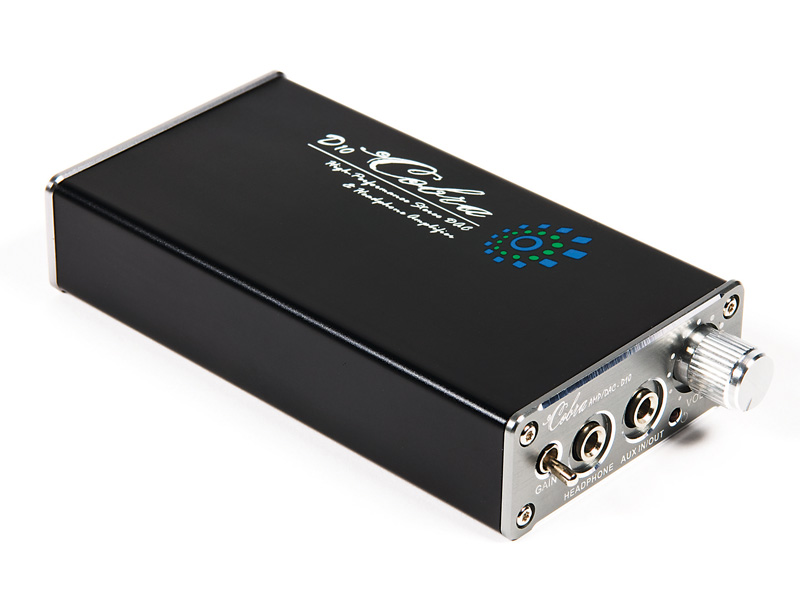Why you can trust TechRadar
We were not much taken with the sound using the originally fitted op-amps, and measurements confirmed that they were struggling with high levels.
Swapping to the AD8656 option, however, picked things up no end and we soon started to see the point of this model. Working as an amp, its advantages are twofold: first, it gives significantly more output than most portable music players, which tend to be limited for health and safety reasons.
That's not such a daft idea, either, but the audiophile may choose to use less sensitive headphones, which simply won't be driven to satisfying levels by most portables.
This one proved satisfactory with full-size Sennheiser and Grado models, with both requiring more volts than most in-ear types. Second, levels apart, iBasso claims that the D10 offers higher quality sound than portable players can unaided.
We'd tend to agree with that, finding that with in-ear and full-size 'phones alike, the sound took on greater confidence, more detail, better imaging and generally a more lifelike character with the D10 in circuit.
As a DAC, however, it really shines. We tested it with a borrowed iRiver portable player with a Toslink output and also with desktop computer and hi-fi CD player sources. We found its quality admirably close to that of the Cambridge Audio DacMagic – no mean praise considering how capable that unit is.
The D10 gave a very significant improvement in quality to the iRiver device and while it wasn't necessarily better than a decent modern £300-ish CD player, it wasn't any worse either.
Connected to a computer, it improves things in every area too, with a much better all-round sense of musical insight.
Follow TechRadar Reviews on Twitter: http://twitter.com/techradarreview
